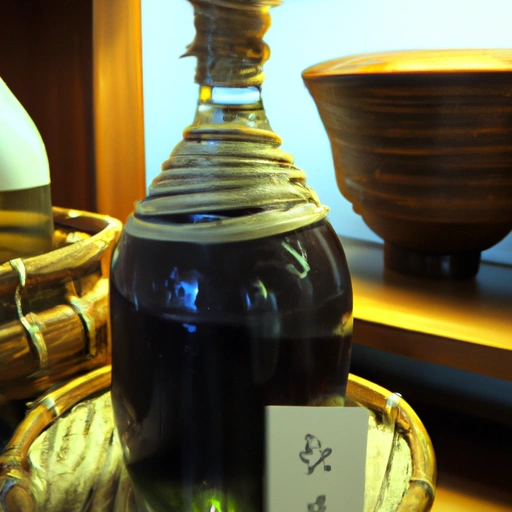Rice Wine
Description

Rice wine is an alcoholic beverage made from the fermentation of rice starches into sugars which are then converted into alcohol. This process is similar to that of beer and spirits, rather than grape-based wines. The resulting liquid is a clear to amber-colored wine, with a wide range of flavors and alcohol content depending on the variety and production process. Rice wines are used in cooking to add depth and sweetness to dishes and can be found in various forms, such as clear rice wine, sweet rice wine (like Mirin), and cooking sake.
Common uses
Rice wine is widely used in marinades, sauces, and glazes. It is also a key ingredient in braising liquids and stir-fry dishes, enhancing flavors and tenderizing meats. Additionally, rice wine can be served as a drink alongside meals, especially in traditional settings.
Nutritional value
Calories
Rice wine is relatively high in calories due to its alcohol content, with an average of 100-150 calories per 3.5 fl oz (100 milliliters).
Protein
It contains minimal protein, typically less than 1 gram per serving.
Fat
Rice wine has negligible fat content.
Carbohydrates
The carbohydrate content varies, with sweet rice wines having higher sugar content than dry varieties. On average, there are about 5-10 grams of carbohydrates per 3.5 fl oz (100 milliliters).
Vitamins
While not a significant source of vitamins, some rice wines may contain small amounts of B vitamins due to the fermentation process.
Minerals
Mineral content in rice wine is low, but it may contain trace amounts of potassium and magnesium.
Health benefits
Rice wine, when consumed in moderation, may offer certain health benefits such as improved digestive health due to the presence of beneficial microbes from the fermentation process. It is also said to have warming properties in traditional medicine.
Potential risks
Excessive consumption of rice wine, like any alcoholic beverage, can lead to health issues including liver damage, addiction, and increased risk of certain diseases. It should be consumed responsibly.
Common recipes
Common recipes using rice wine include teriyaki sauce, Chinese drunken chicken, Japanese sushi rice, and Korean braised short ribs.
Cooking methods
Rice wine is often used in steaming, poaching, simmering, and stir-frying, imparting a subtle sweetness and aroma to dishes.
Pairing with other ingredients
It pairs well with seafood, poultry, and vegetables. It also complements soy sauce, ginger, and garlic to create balanced flavor profiles in many Asian dishes.
Summary
Rice wine is a traditional Asian ingredient with a rich historical background and versatile culinary uses. It enhances the flavor of a variety of dishes, offering both a unique taste and potential health benefits. However, it should be consumed in moderation to avoid potential risks. With its complex flavor profile, rice wine is an indispensable component in many Asian kitchens and a fascinating ingredient for culinary enthusiasts worldwide.